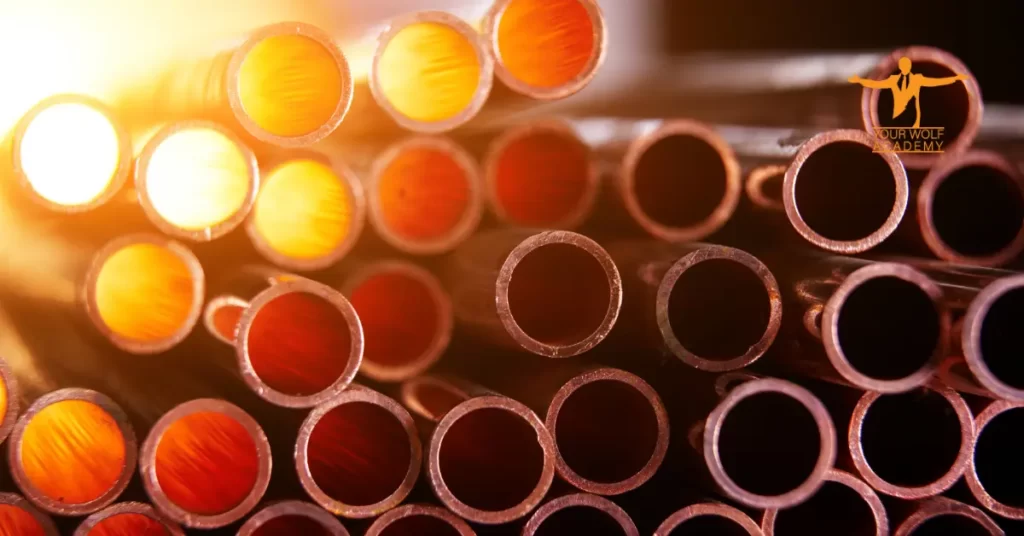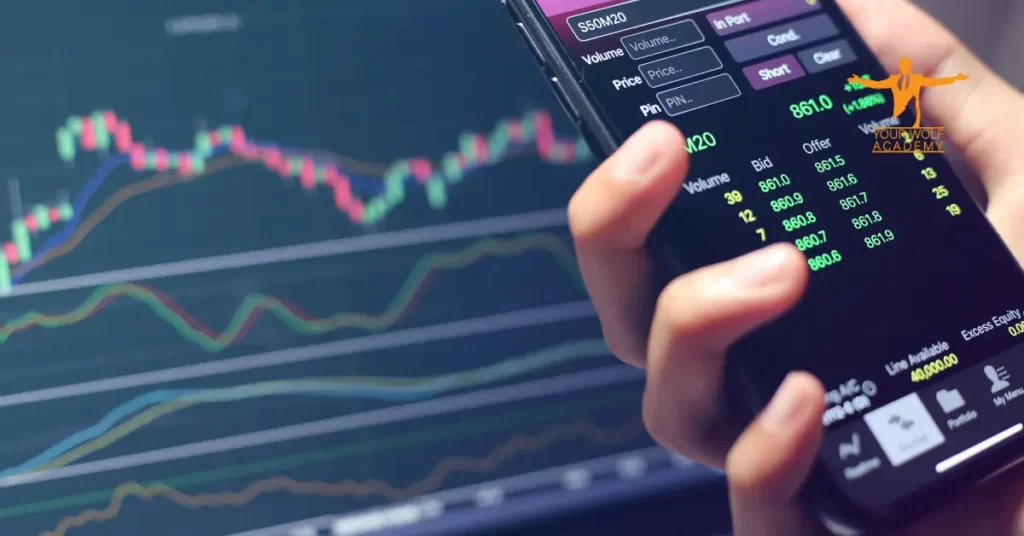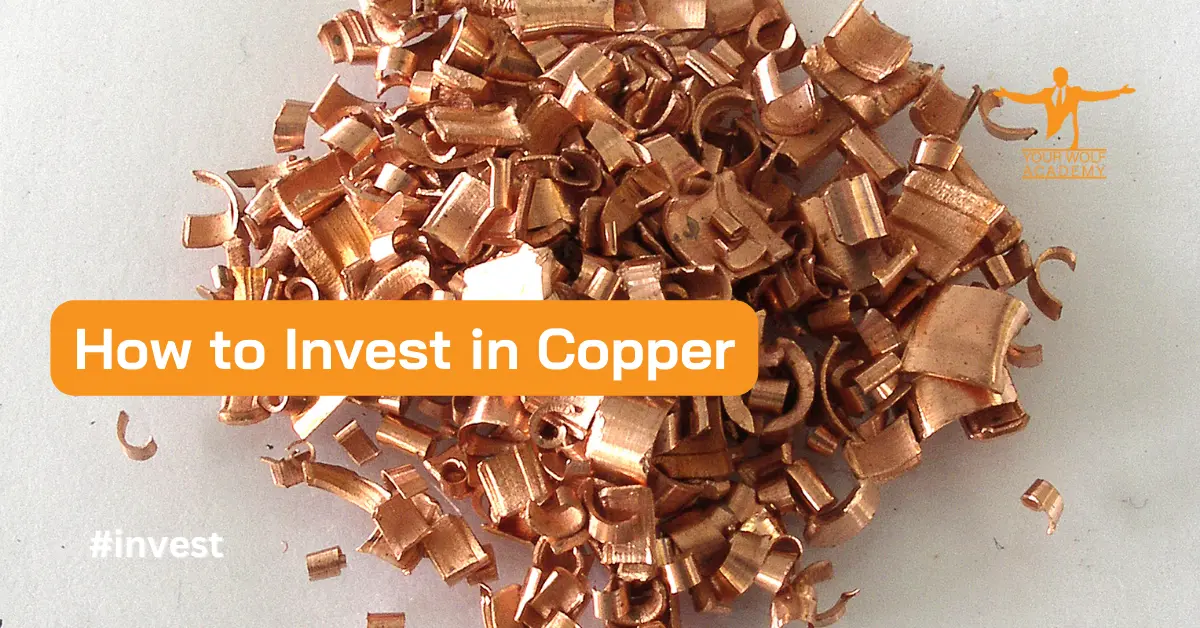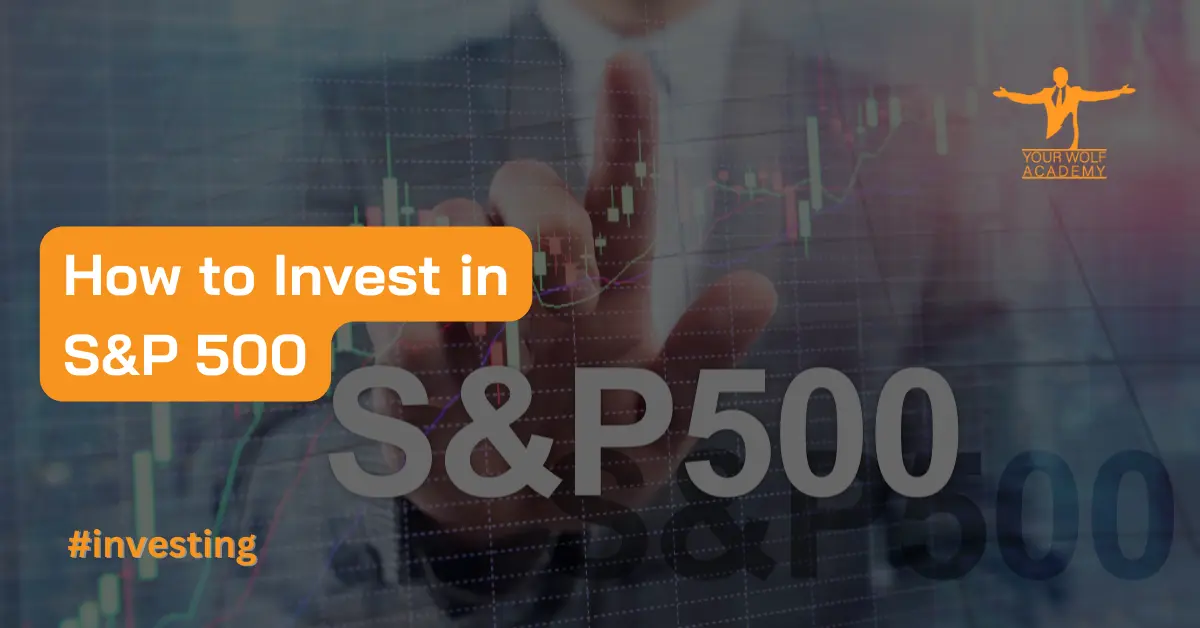As the world continues to shift towards a cleaner and more sustainable future, copper has become an increasingly valuable commodity. It is a critical component in many of the technologies and industries that are essential to this transition, such as renewable energy, electric vehicles, and infrastructure development.
As a result, many investors are starting to take notice of copper and are interested in adding it to their portfolios. But how exactly can you invest in copper? In this article, we will provide a comprehensive guide on how to invest in copper, covering everything from the different investment vehicles available to the factors that can impact the price of copper.
Understanding Copper: Properties and Uses
Copper is a ductile, malleable, and highly conductive metal that is used in a variety of industries. It is known for its excellent thermal and electrical conductivity, corrosion resistance, and antimicrobial properties. Some of the most common uses of copper include:
- Electrical wiring and electronics: Copper is a critical component in the wiring and circuitry of many electrical devices, including power generation equipment, motors, and appliances.
- Construction: Copper is used extensively in the construction industry, primarily for plumbing, roofing, and HVAC systems.
- Transportation: Copper is used in the production of vehicles, particularly in the wiring and brake systems of cars and trucks.
- Renewable energy: Copper is a key component in many renewable energy technologies, such as wind turbines and solar panels.
Why Invest in Copper?
There are several reasons why investors may consider adding copper to their portfolios:
- Diversification: Copper can provide diversification benefits to a portfolio as it is not closely correlated with other asset classes, such as stocks and bonds.
- Inflation hedge: Copper prices tend to rise during periods of inflation, making it a potential hedge against inflation.
- Growth potential: As the demand for copper continues to grow due to its use in critical industries, such as renewable energy and electric vehicles, the price of copper could potentially increase over the long term.

Factors That Affect the Price of Copper
Like any commodity, the price of copper is subject to a variety of factors, including:
- Supply and demand: The balance between the supply and demand of copper is the most significant factor that impacts its price. If the supply of copper is greater than demand, prices may decline, while a shortage in supply can drive up prices.
- Global economic conditions: Economic growth and development, particularly in emerging markets, can impact the demand for copper.
- Geopolitical events: Political instability, wars, and conflicts can impact copper prices as they can disrupt supply chains and production.
- Currency fluctuations: As copper is priced in US dollars, changes in the value of the dollar relative to other currencies can impact the price of copper.
Ways to Invest in Copper
There are several ways to invest in copper, each with its own advantages and disadvantages. Some of the most common ways to invest in copper include:
Copper Mining Stocks
One way to gain exposure to copper is through investing in copper mining companies. These companies are involved in the exploration, development, and production of copper and other metals.
The advantage of investing in copper mining stocks is that it allows investors to gain exposure to the copper market while potentially benefiting from the growth potential of the mining operations.
However, investing in mining stocks can also be risky, as the performance of these companies can be influenced by factors such as mine strikes, geopolitical risks, and operational issues.
Copper ETFs
Another way to invest in copper is through exchange-traded funds (ETFs) that track the price of copper. Copper ETFs allow investors to gain exposure to copper without having to invest in individual mining stocks.
They also offer the advantage of being highly liquid, meaning that investors can buy and sell shares easily. However, like all ETFs, copper ETFs do come with fees and expenses.
Copper Futures
Copper futures are another way to invest in copper, allowing investors to bet on the future price of copper. Futures contracts are agreements to buy or sell an asset, such as copper, at a specific price and date in the future.
Trading copper futures can be a highly speculative and risky endeavor, and is typically reserved for more experienced investors.
Physical Copper
Investors can also invest in physical copper by buying copper bullion or coins. This approach provides investors with the advantage of owning a tangible asset that can be stored and sold as needed. However, storing physical copper can be expensive, and there can be issues with verifying the authenticity of the metal.
Copper Recycling Companies
Finally, investors can also consider investing in companies that specialize in copper recycling. These companies extract copper from waste products and scrap, helping to reduce the need for new mining and production. Investing in copper recycling companies can provide exposure to the copper market while also supporting sustainability initiatives.

Risks and Considerations When Investing in Copper
Investing in copper, like any investment, comes with its own set of risks and considerations. Some of the risks and considerations to keep in mind include:
- Market volatility: Like all commodities, copper prices can be volatile, and can be influenced by a variety of factors.
- Supply chain disruptions: The copper supply chain can be impacted by a variety of factors, including geopolitical risks, natural disasters, and labor strikes.
- Environmental risks: The mining and production of copper can have environmental impacts, which could potentially result in regulatory or reputational risks for investors.
- Currency risks: As copper is priced in US dollars, changes in the value of other currencies can impact the price of copper for international investors.
- Management and operational risks: Investing in copper mining companies can be risky, as the performance of these companies can be impacted by factors such as management decisions, operational issues, and regulatory risks.
Conclusion
Investing in copper can provide investors with the opportunity to gain exposure to a critical commodity that is essential to many industries. There are several ways to invest in copper, each with its own advantages and disadvantages.
However, it is important for investors to carefully consider the risks and considerations associated with investing in copper before making any investment decisions.
FAQs
- Is copper a good investment?
Copper can be a good investment for investors looking for diversification and potential growth opportunities. However, it’s important to consider the risks and considerations associated with investing in copper before making any investment decisions.
- What factors impact the price of copper?
The price of copper is impacted by factors such as supply and demand, global economic conditions, geopolitical events, and currency fluctuations.
- How can I invest in copper?
Investors can invest in copper through mining stocks, ETFs, futures contracts, physical copper, or copper recycling companies.
- What are the risks of investing in copper?
The risks of investing in copper include price volatility, production costs, geopolitical events, currency fluctuations, and environmental concerns.
Your Wolf Academy offers a range of educational resources to help traders succeed, including free signals, technical analysis, and weekly webinars. Sign up today and get a recommendation for a regulated brokerage company that suits your needs.


